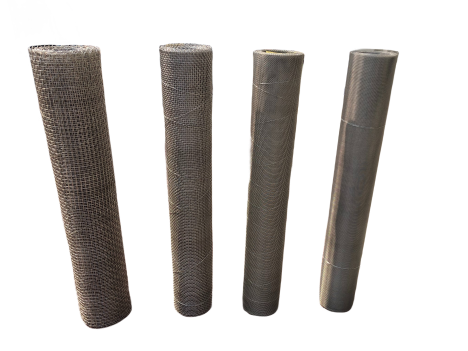Understanding Temporary Site Fencing A Comprehensive Overview
In the contemporary construction landscape, the need for security, safety, and organization has never been more critical. As projects start and progress, temporary site fencing has emerged as a cornerstone solution for site management. This article delves into the significance, types, benefits, and best practices related to temporary site fencing.
What is Temporary Site Fencing?
Temporary site fencing refers to the use of barriers to encircle a construction site, event space, or similar areas requiring protection. This fencing is typically made from materials like metal, plastic, or wood, and is designed to be erected and dismantled with relative ease. It serves multiple functions, including deterring unauthorized access, ensuring safety, and managing site logistics.
Importance of Temporary Site Fencing
1. Safety and Security One of the primary purposes of temporary fencing is to enhance safety on-site. Construction sites often pose various risks to public safety, including machinery, excavations, and hazardous materials. By erecting barriers, site managers can effectively prevent accidents involving unauthorized individuals.
2. Controlling Access Temporary fencing restricts access to authorized personnel only. This is particularly important in construction projects where sensitive information and expensive materials are involved. Proper access control helps reduce theft and vandalism, protecting both people and property.
3. Site Organization A clearly defined perimeter keeps the site organized and minimizes the risk of accidents. It helps in creating a structured environment where workers can operate efficiently, and materials can be stored systematically.
4. Compliance with Regulations Many local and national regulations require construction sites to have proper fencing. Compliance with these regulations not only avoids potential fines but also promotes a positive reputation within the community.
Types of Temporary Site Fencing
1. Chain Link Fencing This is one of the most popular types of temporary fencing. It is durable, affordable, and provides a transparent view of the site. Ideal for large projects, chain link fencing can be installed quickly and can be made more secure with barbed wire or privacy slats.
2. Mesh Fencing Similar to chain link but often features a more aesthetic look. Tight-knit mesh panels provide enhanced security while still allowing visibility. This type is particularly useful in urban areas where the visual impact of a construction site is a concern.
temporary site fencing

3. Panel Fencing Made from solid materials like wood or metal, panel fencing offers more privacy and security than chain link or mesh options. Panel fencing is often used in high-security situations and is effective at obstructing views of the site.
4. Bamboo or Wood Fencing For situations where aesthetics play a role, bamboo or wooden fencing can offer an environmentally friendly option. These types are less durable than metal but can be visually appealing in residential or community projects.
Benefits of Temporary Site Fencing
- Cost-Effectiveness Setting up temporary fencing is generally more affordable than permanent solutions. The ability to rent fencing materials further reduces costs. - Quick Installation and Removal Unlike permanent fencing, temporary site fencing can be quickly set up and taken down, making it ideal for projects with uncertain timelines.
- Customization Many rental companies offer customizable options (like branding and signage) that allow companies to promote their brand while maintaining security.
Best Practices for Implementing Temporary Site Fencing
1. Conduct a Risk Assessment Before installation, evaluate the site for specific hazards and security risks. This assessment will inform the type of fencing needed.
2. Choose the Right Type of Fence Based on the risk assessment, select a type of fencing that best suits the project's unique requirements and security level.
3. Regular Inspections Periodically inspect the fencing for any damage or integrity issues. Prompt repairs and maintenance will ensure ongoing effectiveness.
4. Proper Signage Place clear signage on the fencing to inform the public and workers about danger zones, authorized access, and contact information.
5. Community Engagement Communicate with the surrounding community about the project and its timelines. Transparency can help mitigate concerns and enhance the project’s public perception.
In conclusion, temporary site fencing is an indispensable tool in modern construction. By enhancing safety, controlling access, and ensuring compliance with regulations, it plays a vital role in the successful completion of building projects. As such, investing in the right type of fencing and following best practices can significantly influence the overall productivity and safety of a construction site.
-
Why Galvanized Trench Cover Steel Grating Resists Corrosion
NewsJul.10,2025
-
The Versatility and Strength of Stainless Expanded Metal Mesh
NewsJul.10,2025
-
Load Calculations in Steel Grating Platforms
NewsJul.10,2025
-
Keeping Pets and Kids Safe with Chicken Wire Deck Railing
NewsJul.10,2025
-
Hole Diameter and Pitch for Round Perforated Metal Sheets
NewsJul.10,2025
-
Aluminium Diamond Mesh in Modern Architecture
NewsJul.10,2025
Subscribe now!
Stay up to date with the latest on Fry Steeland industry news.

